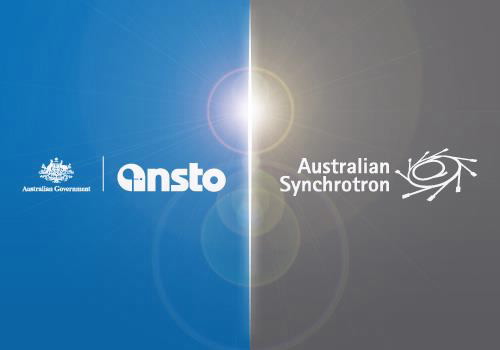Melbourne-based Australian Synchrotron and the Sydney-based Australian Nuclear Science and Technology Organisation (ANSTO) have both selected an all-Australian software solution to assist with storing and managing the reams of scientific data being generated by their experiments.

The organisations have both chosen TARDIS/MyTARDIS, a software system developed by computer scientists at Monash University. TARDIS simply makes data accessible, easier to interpret, easier to verify and easier to report.
The decision means scientists from the two organisations supporting the most sophisticated scientific instruments in Australia, can co-operate more effectively, and better organise the information gathered from their experiments, ultimately making data easier to retrieve and use.
ANSTO operates one of the world’s newest research reactors - the Open Pool Australian Lightwater (OPAL) – which is used by scientists conducting experiments with neutrons and X-rays in an effort to solve complex research and industrial problems. Time on the instruments attached to the OPAL reactor and managed by ANSTO’s Bragg Institute are heavily over-subscribed by scientists from around the world.
Project Manager for Computing and Electronics at ANSTO’s Bragg Institute, Dr Nick Hauser said the new software can help scientists to get the most from their time at ANSTO.
“Historically it’s been difficult for scientists to share and manage their experimental data, often using hard drives, compact discs and USB sticks and email,” explained Dr Hauser.
The TARDIS software acts as a platform for capturing metadata or data that describes experimental data; this includes details about, samples, experimental conditions and instrument configuration. It’s this type of information that’s important when scientists examine past results and formulate new experiments.
The solution provides a useful backdrop for future experiments because it captures and archives data, which makes research results easier to access and learn from in the future. ”
Mr. Richard Farnsworth, Head of Computing at the Australian Synchrotron, said functionality, data quality and time management remained critical priorities for scientists at the Australian Synchrotron.
“The Australian Synchrotron has complex high-level data storage needs, which the TARDIS software will help to address,” said Mr Farnsworth.
Scientists at the Australian Synchrotron have used their own data collection and data transfer knowledge and skills acquired at other synchrotrons around the world to ensure the scientific data management needs of the facility are met.
The Australian Synchrotron’s selection of the TARDIS software solution was based on the facility’s careful evaluation of a number of data management solutions, and their use in synchrotron science facilities around the world.
Mr Farnsworth said the benefits of the TARDIS system came from its ability to capture vast amounts of metadata, whilst also providing a mechanism that allowed data to be shared with collaborators.
”Because the end stations used for scientific experiments at the Australian Synchrotron were also oversubscribed, this created the need to find new and effective data management solutions that would cater for users’ growing data management demands,” he said.
Farnsworth highlighted that both the Australian Synchrotron and ANSTO had benefited from the joint selection process and use of the TARDIS software, because each organisation had shared its experience of using it.
This project is supported by the Australian National Data Service (ANDS). ANDS is supported by the Australian Government through the National Collaborative Research Infrastructure Strategy Program and the Education Investment Fund (EIF) Super Science Initiative.
Published: 06/10/2010

